At the Muraleando Community Project in Havana, Cuba, there is a bench outside adorned with gray and white mosaic tiles and a yellow eye, with long eyelashes. Next to the eye is the name Elena. The story goes that Elena was an old woman who sat on the bench, day after day. When finally asked why she sat there, endlessly, she replied, “I’m waiting for my lover.”
I can’t stop thinking of Elena. She, for me, after seven days spent with NextTribe in Cuba, is representative of the spirit of Cuba. It’s a country that, in spite of its lack of necessities such as food, oil, and medicines, continues to find a way, due to the resilience of its people. Hope reigns. As our incredible guide, Migdalia, said many times, “The Cubans: No matter the changes or challenges, they find a way.”
You too can experience the splendor of Cuba with our Nexttribe community. We’re offering a similar trip in February 2025. All the details here.
Finding their way, indeed. As our NextTribe group of 25 eclectic and adventurous women followed Migdalia around the city and out into the mountains, we too found a way that has changed many of us. The entire trip was a dichotomy of emotions. Where at night we were eating in historic restaurants filled with tourists and an overabundance of food, our days took us to venues with reminders of Theodore Dreiser’s book Sister Carrie, where women sat in sweatshops. In today’s Cuba, women stitched school uniforms in an endless sea of sewing machines or sat at individual tables sorting limitless piles of tobacco leaves—for a pittance. Food markets, where prices were far too high for anyone except those high-end restaurants to actually shop. Meat was rationed, and I couldn’t really identify what was in the cased tubes of whatever that were on display.
At times, it was hard to go from one stop to the next. Several times a day, I wasn’t sure what to feel as I drank in everything around me. I came away further enlightened as to what is important in this spectacular life we’ve been given.
Read More: What It Takes to Hike the Inca Trail to Machu Picchu
A Bit of Backstory
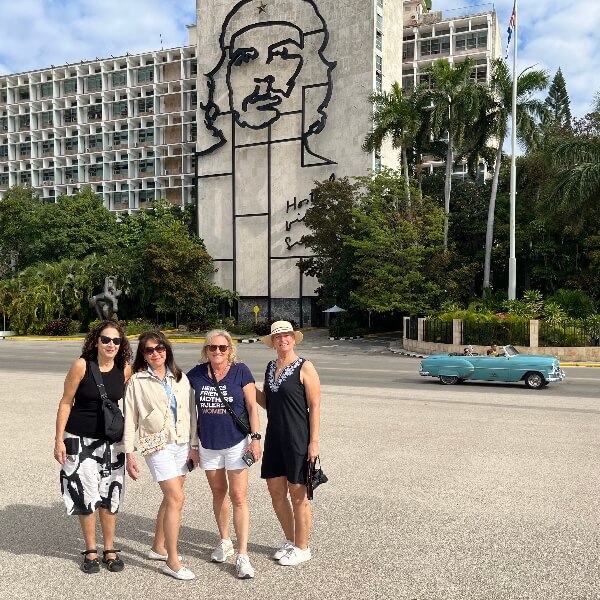
Cuba has always been an enigma of sorts for many Americans. We’ve been denied entry by our own country, the USA’s embargo placed on Cuba since the early 1960’s still in place. Throughout the years, mistakes were made by both parties in tempering their differences. Although tensions softened during the Obama years, the Trump administration reasserted them, limiting Americans from entering unless for specific reasons such as humanitarian efforts.
We, therefore, were on a humanitarian trip, in support of the Cuban people. Specifically, we focused on women-run businesses and ventures, from their restaurants to organic farms and music venues. Our tourism dollars were planned to uplift females like ourselves. So would the items we stowed in our Cuba-bound luggage.
We were on a humanitarian trip, so we filled our Cuba-bound luggage with items that were desperately needed.
Packing for the trip was quite different from my usual carryon bag. This time, I dug in the back of the closet for the huge suitcase from decades ago, when I once filled it with way too many unnecessary items. Now, it would be packed with items that were desperately needed. The other NextTribe women did the same, some going to Goodwill to find capacious old suitcases. We had been told what was most in demand, so we stuffed our bags with collections of non-prescription medicines, from aspirin to antibiotic creams and children’s fever meds. We brought new and gently-used clothing, shoes, dried soup and powdered-milk mixes, soaps and shampoos, toothbrushes and toothpaste, nail polish and lipsticks. Some stowed art supplies. Others, a few toys. My bag had an abundance of my grandchildren’s barely used shoes, due to their constantly growing feet. I wondered who might receive my Ava’s Minnie Mouse shoes.
Havana, Here We Come
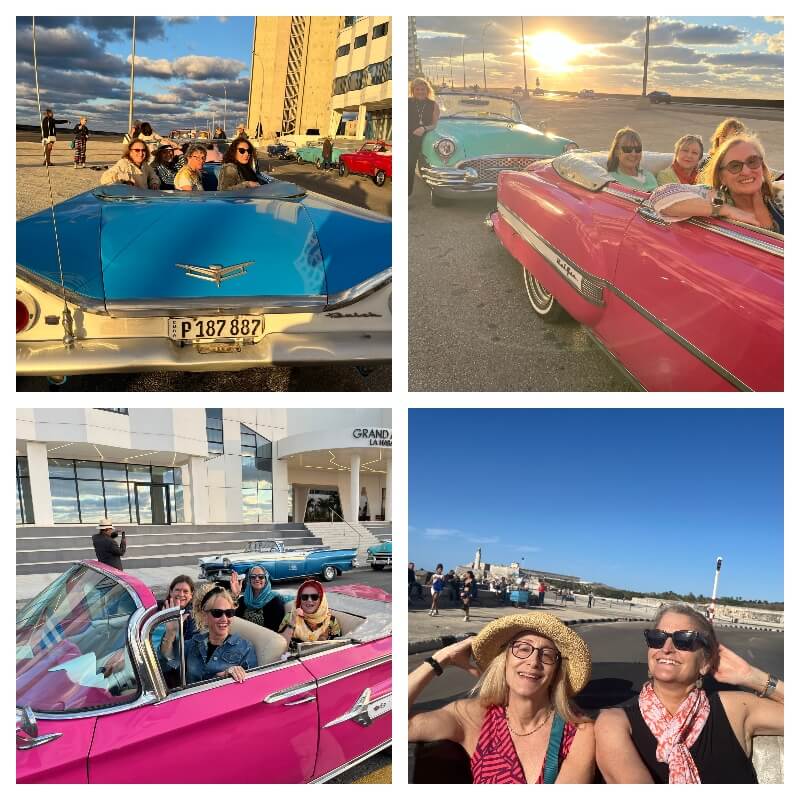
Arriving in Havana, our eyes met a crumbling city in great need of repair. Our taxi drove by Revolution Square, where large murals of Che Guevara and Camilo Cienfuegos illuminated tall government buildings. We arrived on the Malecon, the road along the ocean, where the American mafia’s plans for the next Las Vegas were thwarted by the arrival of Castro’s socialist revolution. It was a blustery day, and the waves were rising over the break wall and lapping onto the pavement.
Our hotel for the week was massive. We were fortunate to stay in one; since it was opened during the Biden administration, it had not been added to the previous administration’s list of places Americans cannot frequent, including the beaches. The hotel was filled with Americans on various humanitarian missions.
We purchased artwork and wares created by women while Cuba’s only women’s string quintet played “Somewhere Over the Rainbow.“
Our hotel presented a few challenges. No hot water for the first couple days. Petulant door locks. Towels were a hot commodity, as was toilet paper (now I understand why people hoard it), and the coffee was caffeine-free (ouch). Several of us enjoyed gifting our maids: Along with the dollars we left on our pillows each day, we also left nail polish, a lipstick, perhaps a scarf and shampoo or hand cream. In return, we received a fun folding of the bed scarf in flower shapes along with lovely notes of gratitude.
We never felt unsafe in the city. Crime, I heard, is unfortunately mostly domestic violence. Using guns and knives used as weapons is not allowed. If this law is broken, hefty prison sentences will result. Each neighborhood has a doctor and dentist, but I never saw a police officer. When Castro’s socialist regime came into power, education became of utmost importance. Literacy rates in Cuba are purported to be 97 percent and universities are free. Being a socialist country, women are supposedly held in equal esteem.
Exploring the City’s Rich Culture
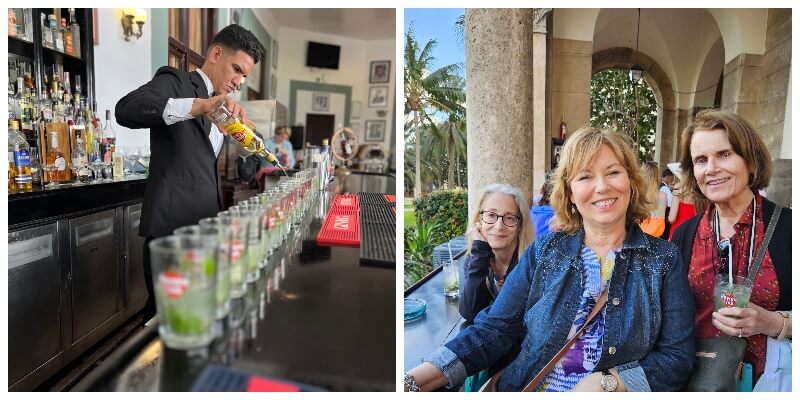
As we began to move around the city, we were greeted by European-influenced architecture; an Italian influence, I thought, along with the Spanish. Founded in 1519 by the Spanish, Old Havana is an UNESCO site, meaning the buildings in sad need of repair must maintain their facades when renovated. Due to a lack of money and materials, there are many, many buildings in states of poor repair.
Funny, though. As the days went by, it didn’t seem as bad as our first impressions. Our eyes and spirits refocused. We became more comfortable. Joy seeped in.
As the days went by, our eyes and spirits refocused. We became more comfortable. Joy seeped in.
We were overwhelmed by the volume of art and not just from galleries. Where the outdoor buildings were absent of neon lights and glitz, tart on the walls met us at every turn. We visited Jaimanitas in the outskirts of Havana, where Jose Rodrigueq Fuster has turned the outside of resident’s homes into muraled and magical artworks of tiles and domes, reminiscent of Gaudi’s work in Barcelona.
Our ears attuned to the sounds of the city. From the musical review at the Buena Vista Social Club to old men in the street playing songs to the tourists, we were often invited to join in the dance. And we did, whether a conga line or salsa dancing, reveling in the rhythm and the moment.
Cognitive Dissonance
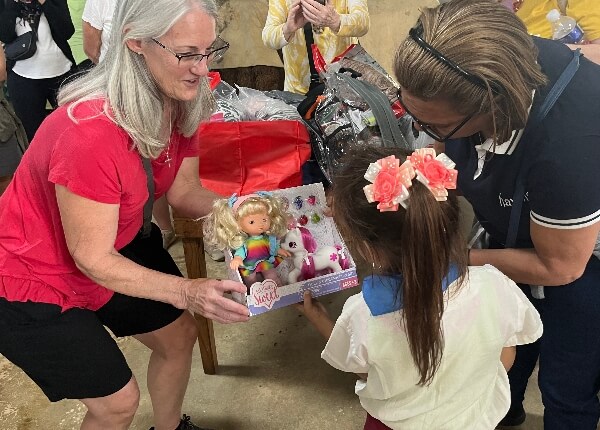
Moments of cognitive dissonance followed us on our trip, as we bounced back and forth between fine dining and farms where ox and plow tended the fields instead of tractors. We saw women who spend their days stringing tobacco leaves onto cut tree branches for drying. We encountered goats that were used to maintain the soccer fields, since gas-powered tools are elusive . We drank in many dance shows and provocative art, entering through small doors and climbing many flights of stairs to rooftop restaurants and music venues.
The local resilience is seen in community service everywhere we looked.
While I kept my shopping small-scale—some tiles adorned with the charming naive work of Cuban artist Jose Fuster, a tiny mahogany sculpture—my fellow NextTribe travelers had no inclination to follow my meager practice. We purchased artwork and wares created by women while Cuba’s only women’s string quintet played Somewhere Over the Rainbow and other beautiful arrangements. Putting money back into the pockets of the Cubans worked well as souvenirs and gifts were snapped up.
We visited Ernest Hemingway’s home, which he left when Castro came into power in 1959. But before then, it was here in Havana that he wrote For Whom the Bell Tolls and his final work, The Old Man and the Sea. We peered through the windows of the lovely property, viewing his favorite books and the writing tower where he “mentored” many young women in their writing. Also on display: Pilar, his 38-foot fishing boat that he took from Key West to Havana.
More contrasts awaited: We visited an old pharmacy where, due to the lack of medicine, herbs are now sold. We ate at a farm to table restaurant and an organic farm—all places where Cubans also share space and care for the elderly, the children, the poor. The local resilience is seen in this kind of community service everywhere we looked. And it’s needed.
A Helping Hand for Havana
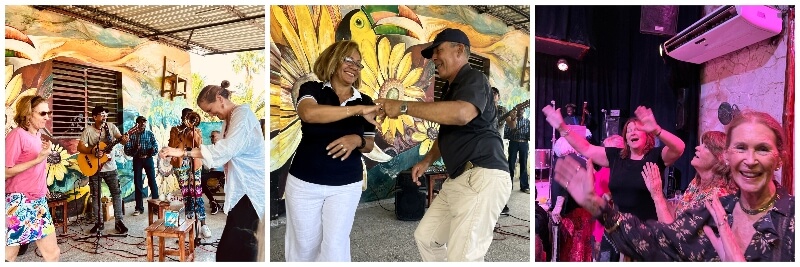
With the American embargo still in place, the Cuban people have struggled greatly since 1991. Spurned by the US when Castro came into power in 1959, the Soviet Union became their pals. With the fall of the Berlin Wall, six billion dollars in annual economic aid and oil to Cuba fell away with it. It was a dark time in Cuban history, literally, due to massive power failures, and it’s been a struggle since to recover.
At present, there are shortages of milk for children. An appeal to the UN for assistance has been issued. Garbage collection is a problem. Oil is an absent commodity, and fuel prices have gone through the roof. Cubans are hurting.
Small gestures of generosity – the kind each of us travelers could make out of our luggage – felt so appreciated. While in the mountains in Vinales, we brought a great share of our gifts to a tobacco factory, where the leaves, after sometimes years of hanging in the rafters of the tobacco farms are brought. Here, the leaves are bathed and then stacked in a dark hollow to dry for several months and only then placed in four-foot tall and 20-foot long piles. Women sit at desks, baskets of leaves surrounding them, as they tear out the main stem from the middle and sort the leaves into piles: those fit for the hand-rolled Cuban cigar market and the crumbled leftovers used for cigarettes. All day long, they work, five or six days a week.
All day long, the women sit, surrounded by baskets of tobacco leaves, sorting those fit for hand-rolled cigars from the leftover used for cigarettes.
It was afternoon during our visit and several small children arrived by horse and cart from school. We had left a massive pile of gifts on the large table facing the women. I pulled out the Minnie Mouse shoes and gave them to a two-year old girl who had arrived. I was overwhelmed by tears when I saw her staring at them in wonder, uncertain, as her mother clasped them and another glittery pair to her chest.
In the US, we complain about our inflation. We complain about wearing masks. We complain about this and that. Some worry our country is becoming socialist. (If that worries you, I say visit a socialist country. Your worries will evaporate.)
After our visit to Cuba, many of us are rethinking our complaints. I’m inspired, as were many of my fellow travelers. Smart women. Amidst the rubble of crumbling buildings, we couldn’t help but notice joy and grace in the people we met.
The Cubans we saw and met were kind and resourceful, working with what they have as best they can. They find and create joy where they can. Who cannot smile and forget their troubles when deliriously dancing to happy music?
We saw how community organizers cleared a littered dump site in a forgotten neighborhood and made a community center where all ages can come, eat, and make music and art together. About that art: Found materials, such as car parts and scraps of cloth, get a second life; elsewhere, sinks and old tires became flower pots. Donated musical instruments and art supplies delight the children. And benches made for old women to sit and wait for their lovers.
Art Everywhere
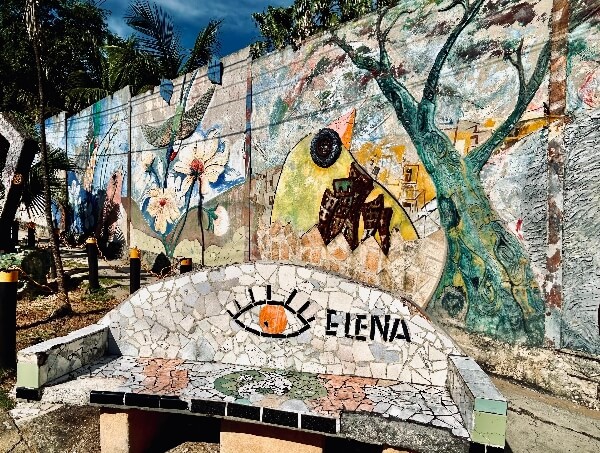
Over 60,000 cars from the 1940’s and 1950’s are operating on the country’s roads. To tourists, they are retro and charming. To Cubans, they show the masterful work of mechanics who reuse and repurpose when that’s the only option, which is an art in itself.
I am troubled by those in our country lately who feel that the humanities and culture are a waste of time for our children in schools. I encourage a rethink. For when your money buys less or nothing at all, we discover that it is not the money that brings happiness or joy, but the music played, the songs sung, and the dance danced on a shared path of survival.
Each NextTribe trip I’ve taken, six in all, has changed me in some way, as has all the travel I’ve been fortunate to take in my life. During this trip, our contributions to the Cuban people were a drop in the bucket. But what the Cuban people shared with me is an invaluable lesson in resilience, bravery, and joy that I will carry for a very long time.
Find a way to go to Cuba. Bring toilet paper. Use sparingly.
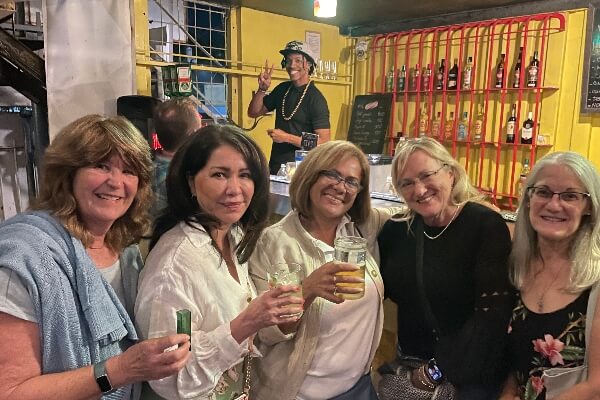
***
Julie Sucha Anderson is a writer of personal essays, short stories, and two novels. She is an editor and contributor to many publications including Grrl Talk – Sass, Wit, and Wisdom from the Austin WriterGrrls and NextTribe magazine. Visit her blog MidlifeRoadtripper at Midlifejobhunter.blogspot.com
Read More: An Adventurous Widow Finds a New Travel Companion
Top photo by Beth Walker Schrader.

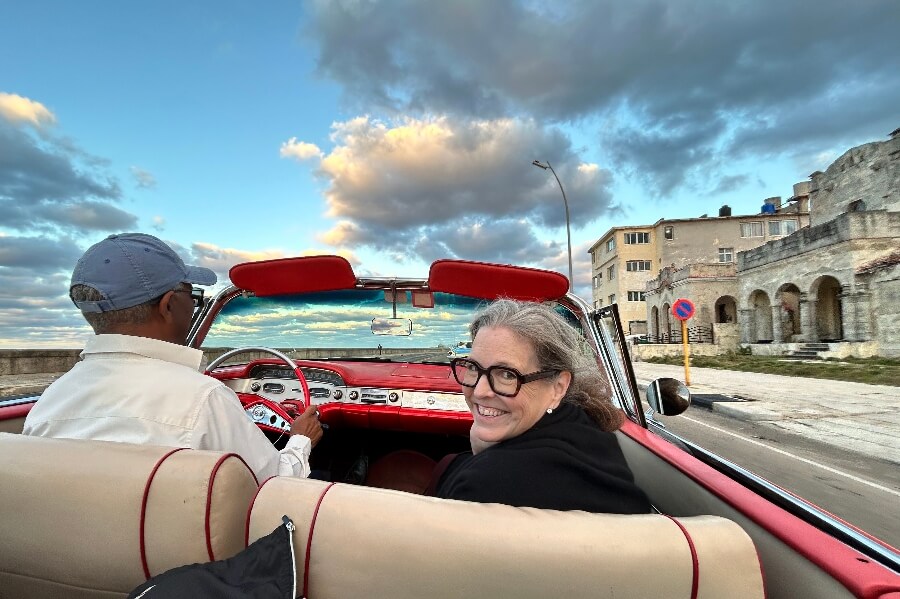

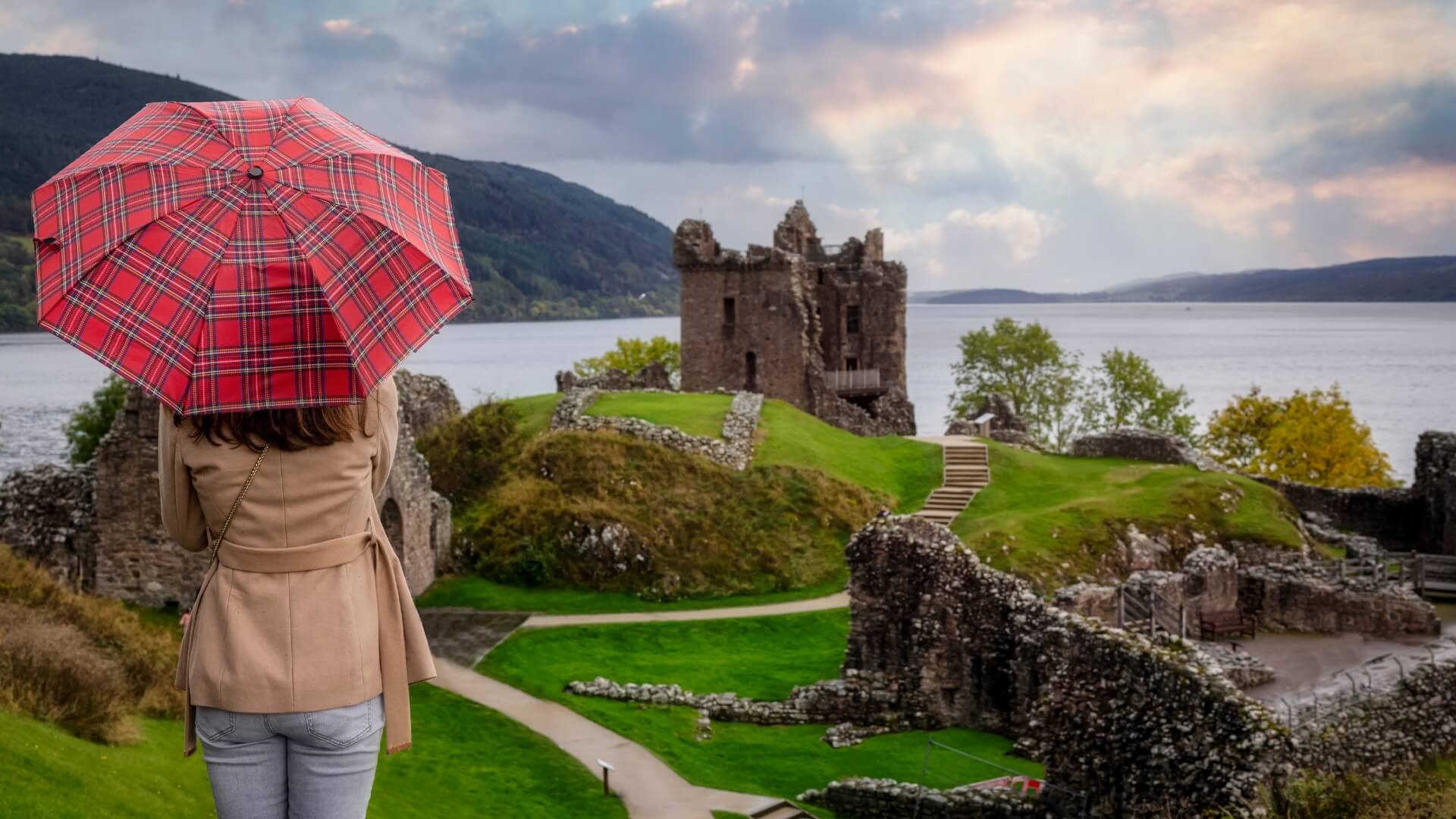
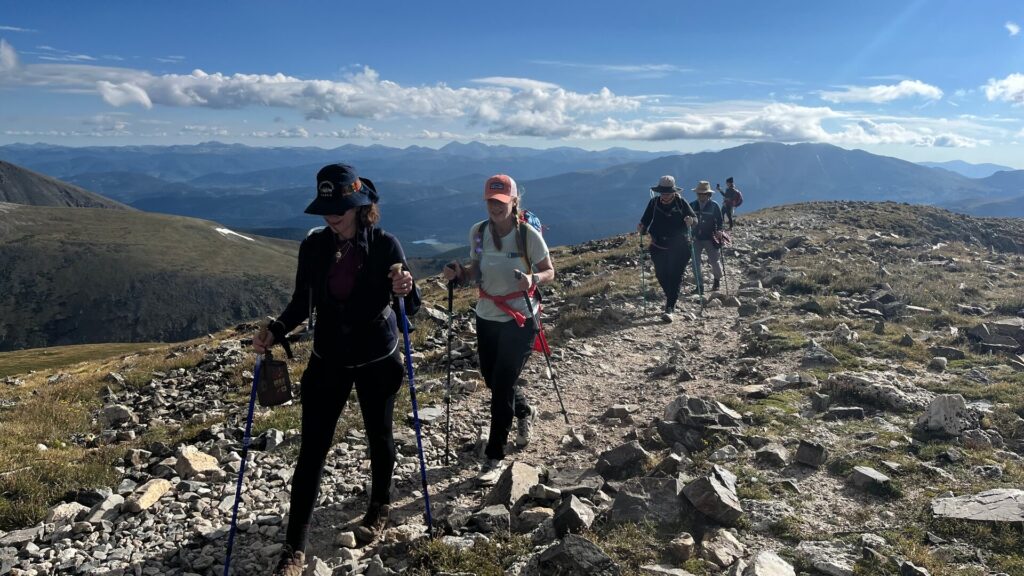

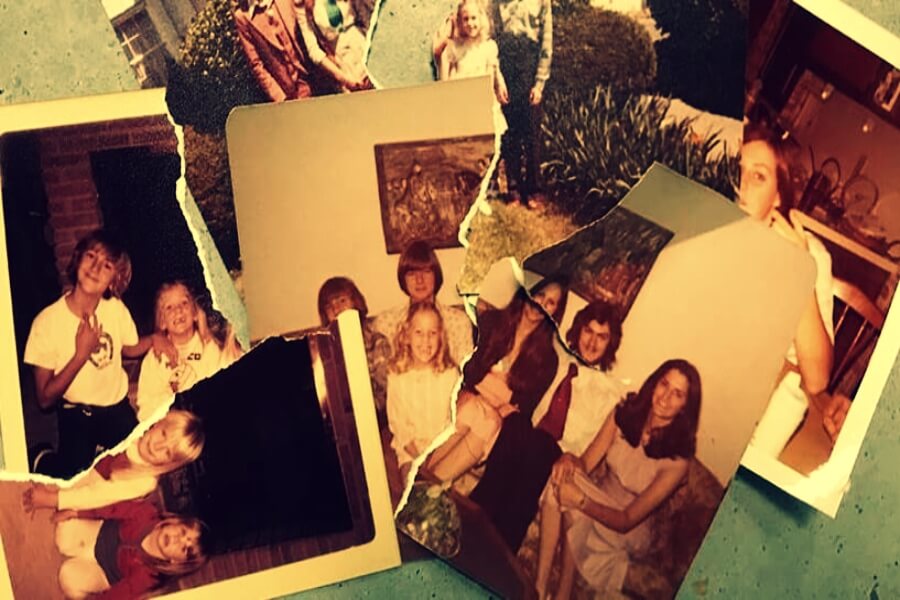
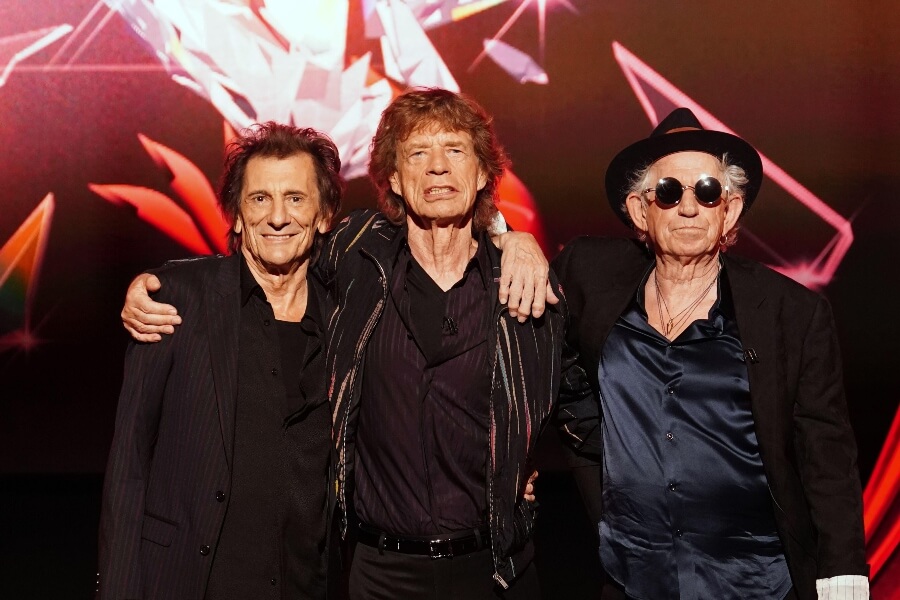
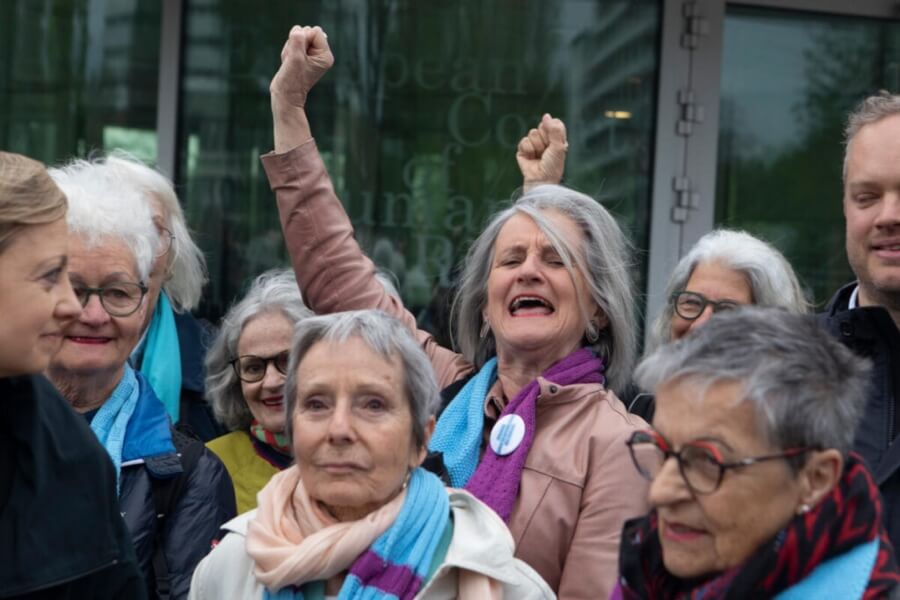
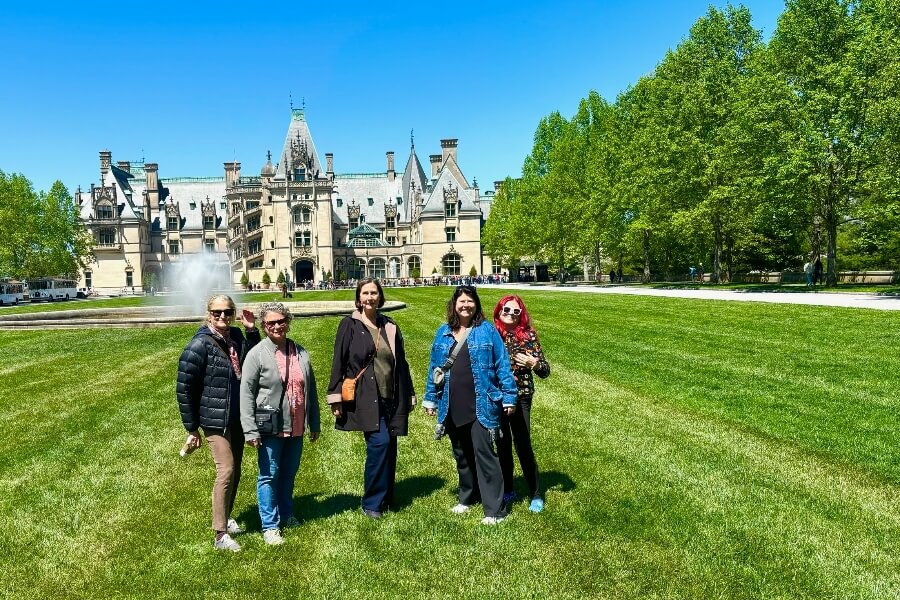
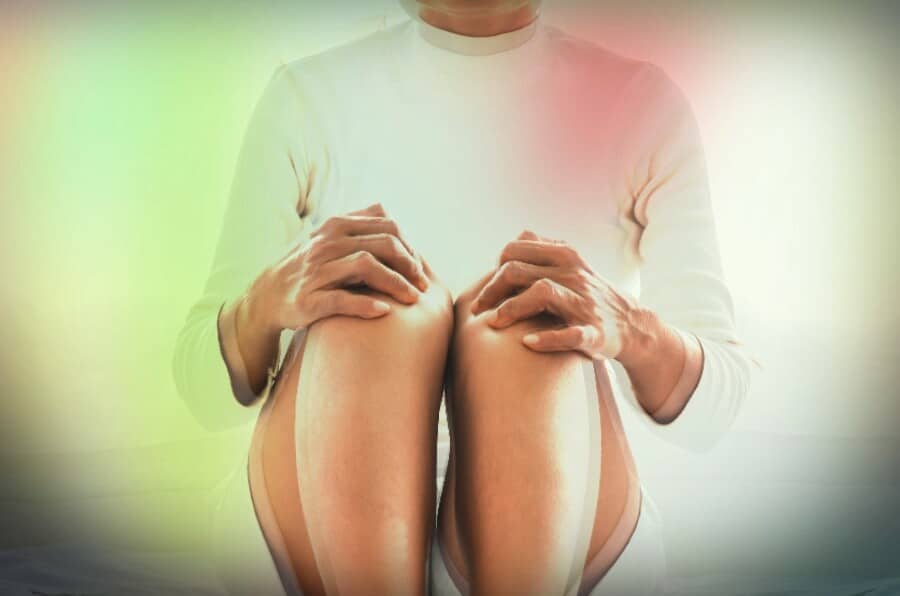
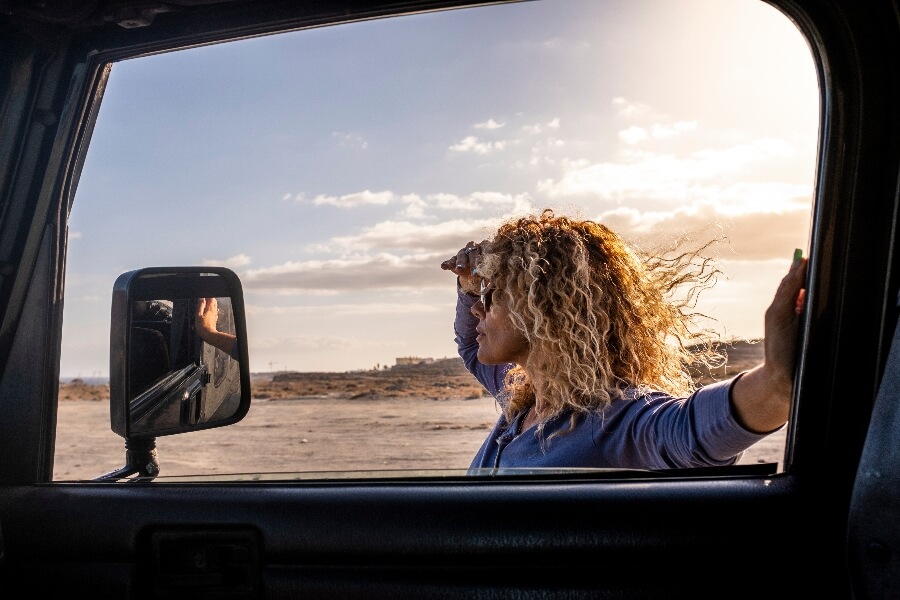

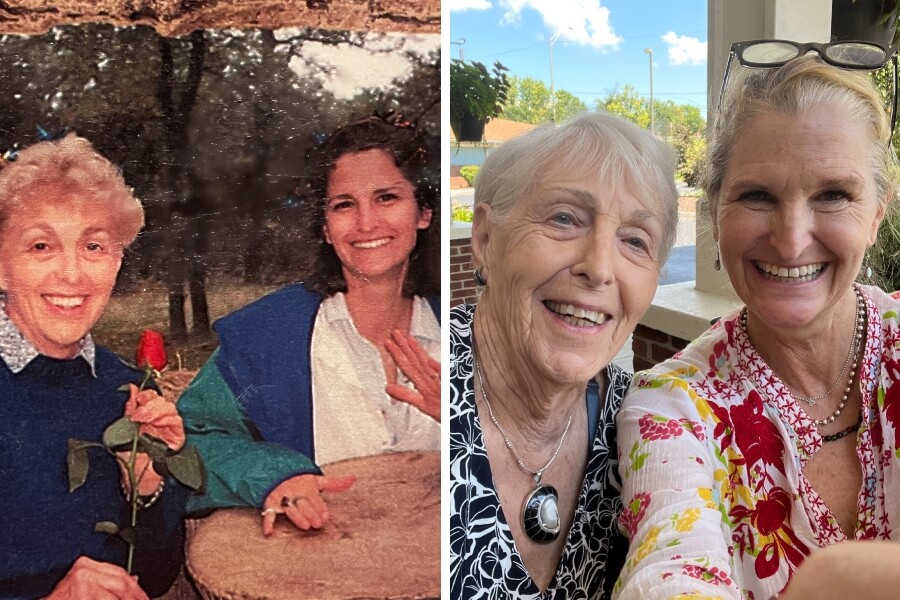
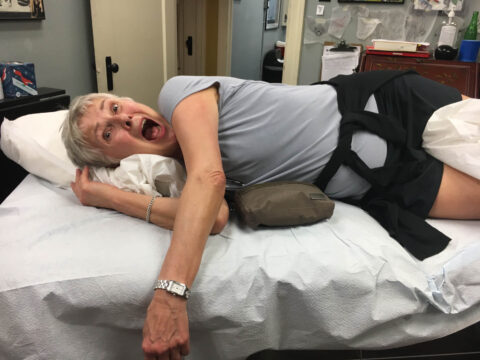
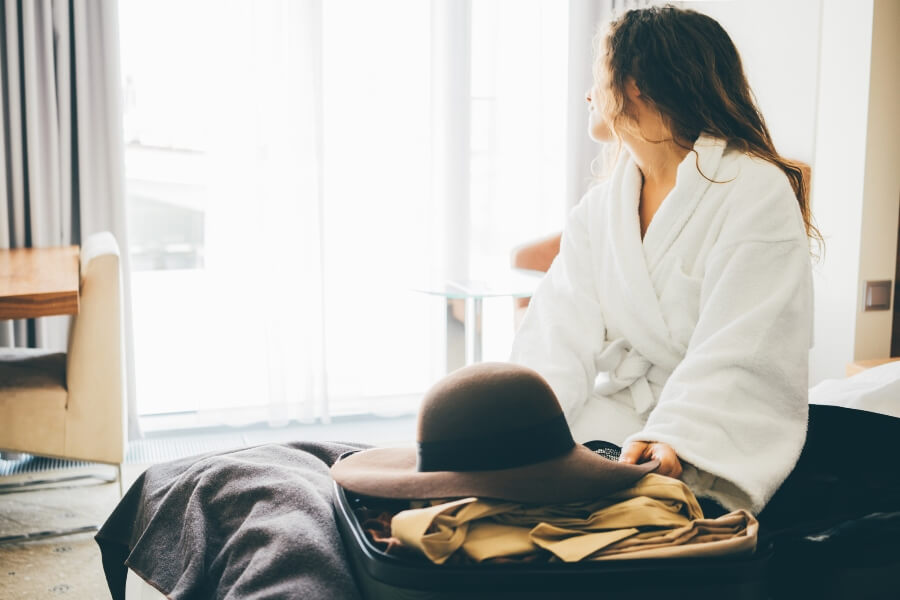
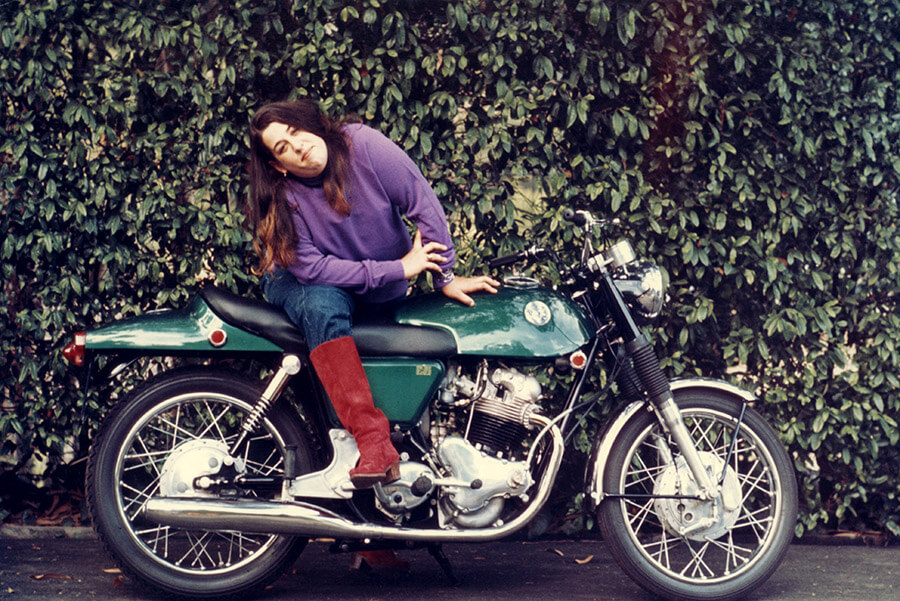
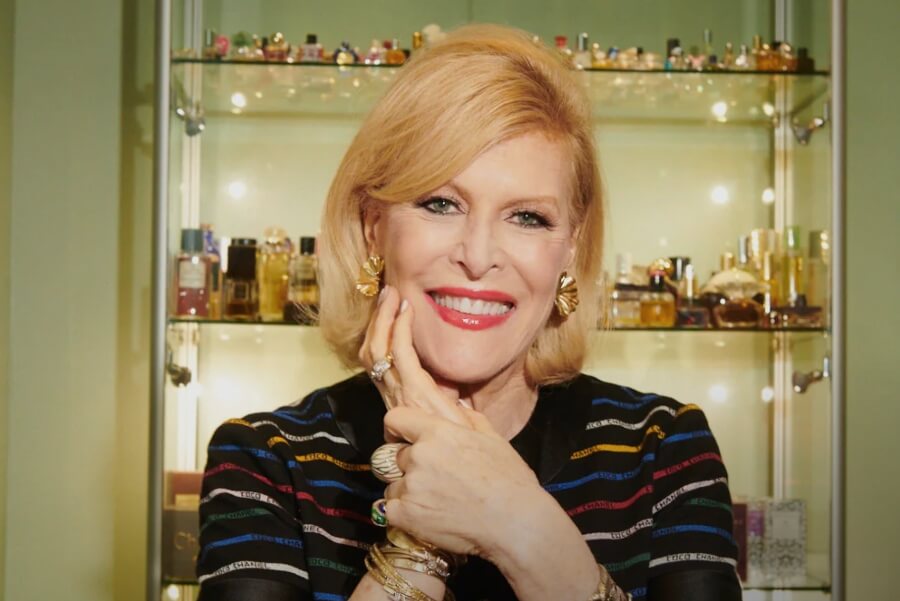
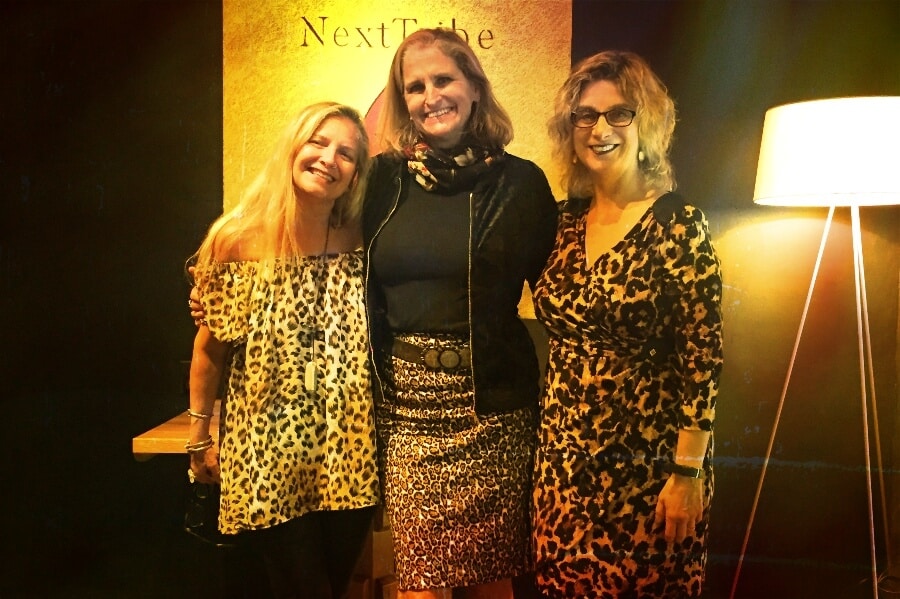
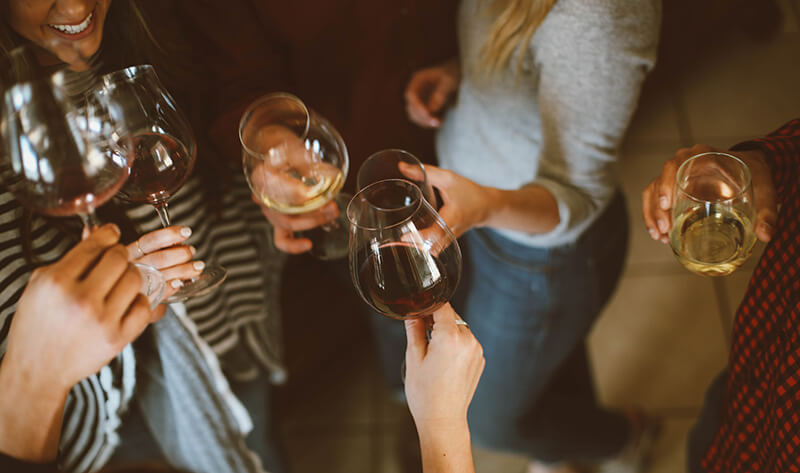
0 Comments